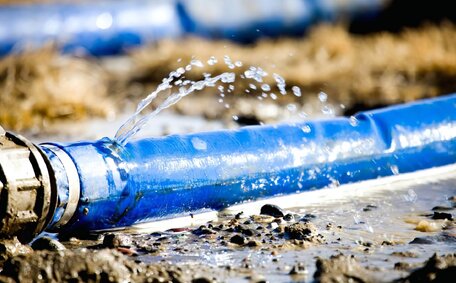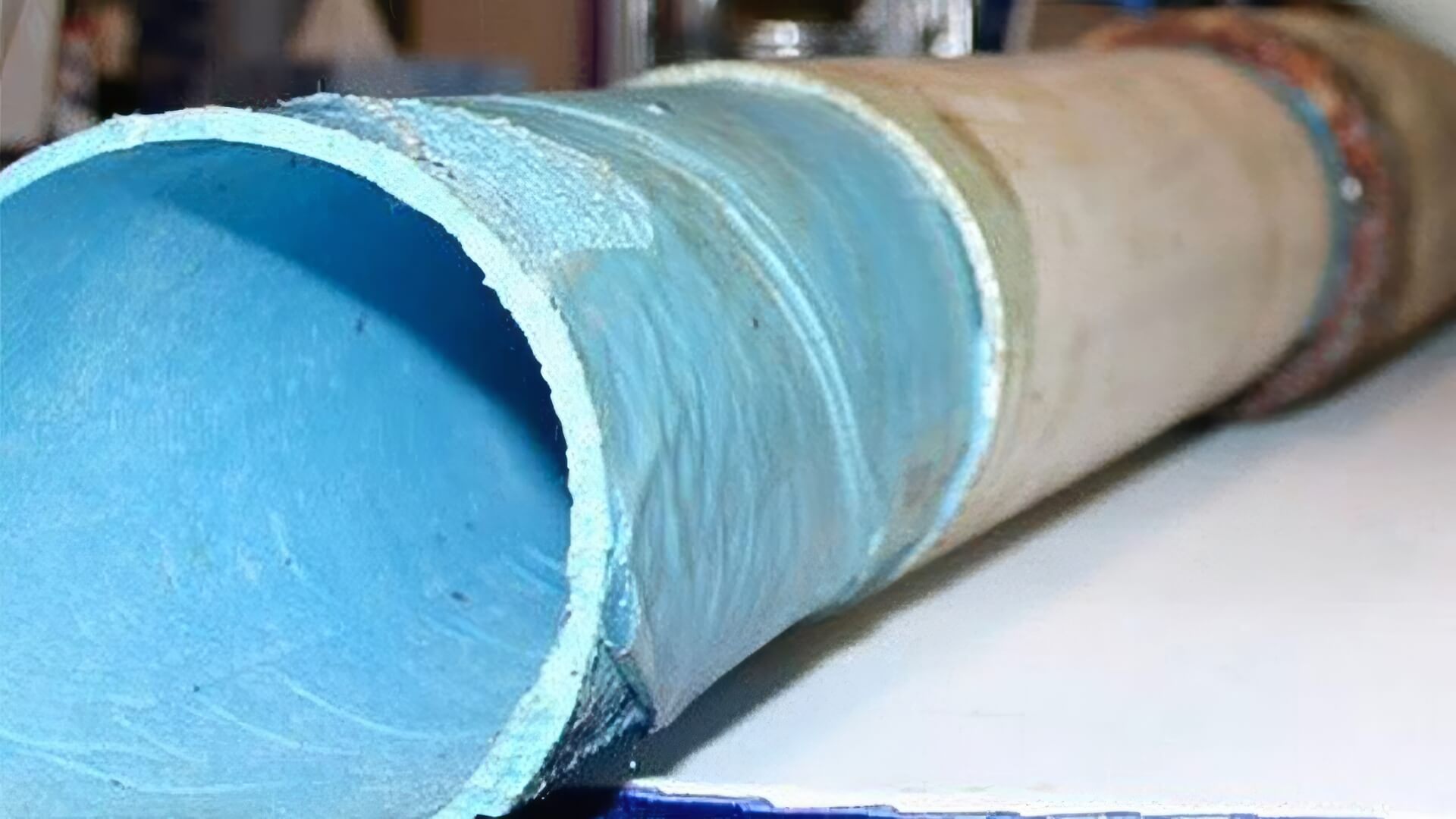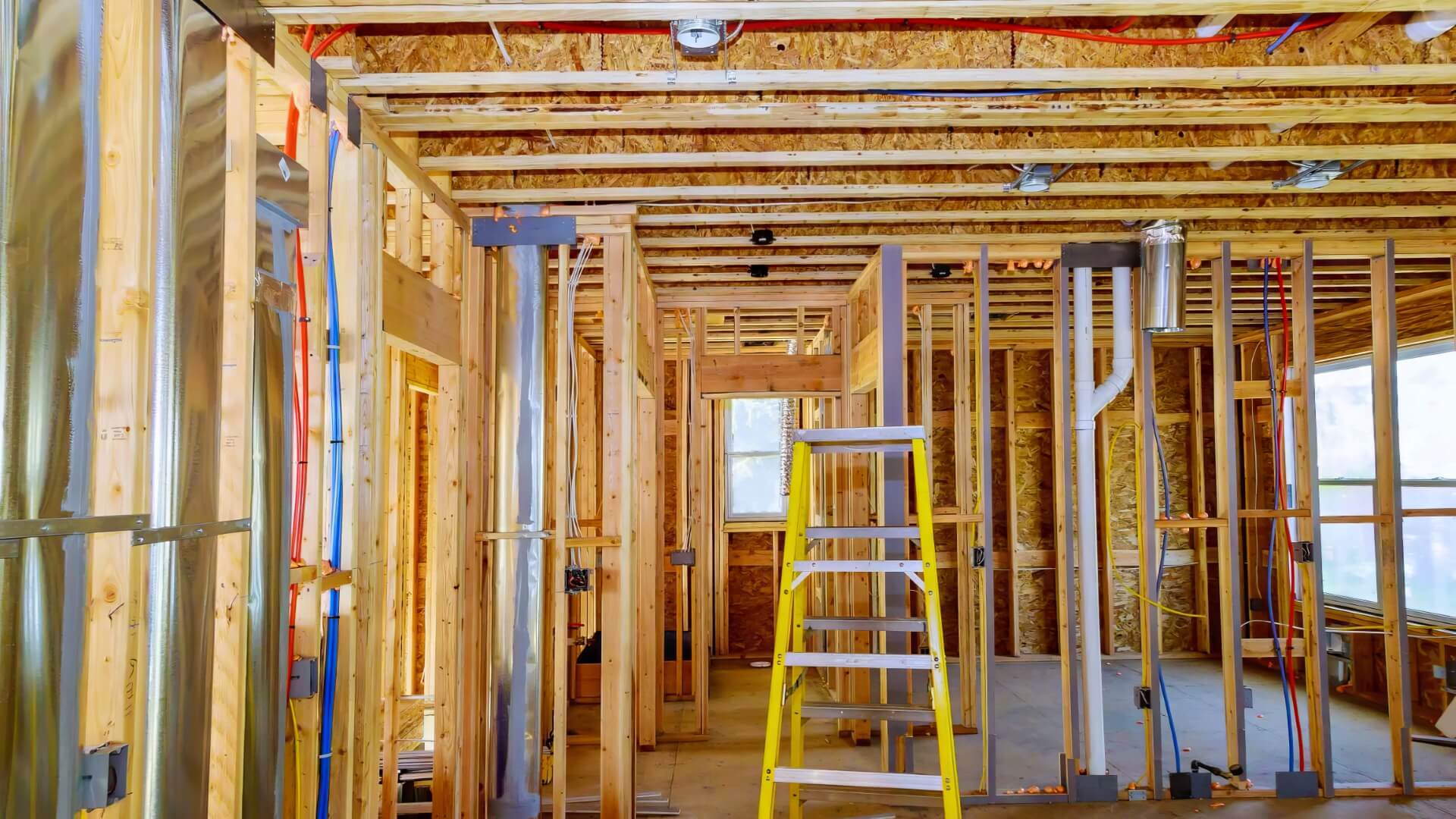Applying for and renewing gas fitting licenses
Engage with the designated local authority in Australia to apply for a gas fitting licence. They will outline the available licence classes, competency and eligibility criteria, and the application process.
This authority is usually the plumbing industry regulator or the construction licensing body.
To renew your licence in different jurisdictions, it is advisable to review the full list of supplementary courses required to confirm your current competencies. Renewal typically involves registering for necessary units from a range of study options that may include full-time training, Continuing Professional Development (CPD) accumulation, or completion of assessments. Full-time students are advised to contact their state licensing entity at least two months prior to licence expiry to ensure a clear understanding of the renewal requirements.
Trainees should prioritize units critical for understanding greenhouse gas emission reduction and remain updated on regulatory changes to meet current standards. Utilize government gazettes, Victorian Government publications, industry associations, and the Gas Technical Regulators Committee for the latest in licensing updates and information. Keep abreast of the latest developments to maintain up-to-date competencies, certifications, and documentation.
Consequences of non-compliance
Operating without a gas fitting licence in Australia invites significant legal penalties and safety risks, making the completion of required licensing units vital for practitioners. Performing gasfitting duties without a compliance certificate, proper registration, or required permits is a legal violation, with individuals facing fines exceeding $50,000 if found noncompliant.
In addition to financial repercussions, improper handling or alteration of systems can lead to leaks, fires, explosions, and risks of carbon monoxide and natural gas emissions. Such alarming consequences highlight why licencing is paramount to ensure adeptness and compliance with gas standards, including those for any gas container in Australia.
While DIY repairs may appear innocuous, employing unqualified technicians for basic tasks like gas fitting for heaters and cooktops is prohibited and incurs official fees. Home and business owners are liable for hiring unlicensed contractors to work on gas systems in most jurisdictions.
Some states offer legal avenues for homeowners to perform gas work themselves. However, strict restrictions require adherence to the same safety protocols mandated for professionals. Self-servicing does not exempt one from legal oversight.
Non-compliant gas work, whether due to ignorance, cost-cutting, or convenience, risks life-threatening consequences. All sectors must recognise that gasfitting is a highly technical and specialised task that must be completed by accredited experts to be legal and safe.
Uphold all safety protocols and best practices, and complete the required units to enrol in designated safety courses.
Enforcing rigorous safety guidelines and optimal practices is crucial when conducting gas fitting operations. This ensures protection for all parties, ensuring payment is only for units pertaining directly to legal and quality requirements.
Key safety measures for gas-related tasks ensure payment is made only for the essential units aligned with mandatory safety protocols:
- Wearing appropriate PPE like fire-retardant clothing, safety gloves and masks
- Conducting gas leak checks before and after any installation or alteration work
- Installing adequate ventilation to avoid gas build up
- Using gas detectors to test for leaks or carbon monoxide exposure
- Isolating gas lines during maintenance to prevent accidental ignition
- Displaying safety signage to indicate work is being undertaken
- Having fire extinguishers and first aid kits on hand
Gasfitters must also collaborate with local building energy authorities in Western Australia for tasks affecting the gas network within residential or commercial properties. Notifying the relevant authorities means appropriate safety inspections and compliance checks under gas installations regulations can take place.
Similarly, after job completion, gasfitters must provide homeowners with guidance on safely operating appliances alongside insights into their maintenance requirements. Strict adherence to protocols and standards, including those in the mining industry, minimizes the risk of disasters and promotes best practice in gasfitting.
Introduction to Gas Fitting Regulations in Australia
Gas fitting work in Australia is a highly regulated trade necessitating permits and licences to ensure safety standards match your preferred compliance level. This measure protects both practitioners and consumers under the ensign of safety and licensed under creative commons regarding the combustible and dangerous characteristics of gas when improperly handled.
For every gas installation, each state and territory requires registration, along with credentials from building occupational services to verify competencies and insurance consistent with the licence classes. Works like new type gas installations, installation maintenance, and decommissioning require oversight by qualified professionals licensed under.
Even basic consumer gas installations tasks with gas appliances or supply lines may require permits to use gas systems legally, ensuring compliance with Australian standards. DIY gas fitting is generally illegal. Potential fines and legal action motivate individuals to determine the requirements for qualified gas fitting.
To gain a full understanding, view the complete list of requirements for permits and licensing for gas work in Australian homes and businesses. It covers what need for certification, what tasks require pre-approval, consequences of non-compliance and best practises for safe, legal gasfitting jobs.
Understanding Licensing Requirements for Gas Fitters
Gas fitting licences are mandatory across Australia to guarantee gasfitters have appropriate expertise for safe, compliant gas work. Licensing seeks to prevent insufficiently qualified technicians from putting themselves, clients, or the public at risk due to improper installations or alterations.
Specific licences differ across states/territories but commonly involve:
- General gas fitting licences for any type of installation, maintenance and repair work
- Restricted licences only allowing particular basic tasks
- Advanced endorsements for complex, high-risk activities like servicing Type B appliances
Consumers typically cannot legally perform any gasfitting tasks themselves without permits. Licencing instead ensures gas systems are only worked on by accredited professionals who must also pass examinations, gain supervised experience and follow safety protocols.
Likewise, businesses hiring contractors face large fines if utilising unlicensed technicians. Certification aims to guarantee across the board that Australian gasfitting standards are upheld by verifying competency.
Competency Standards for Gas Fitting Licenses
To earn the licence required for a gasfitter in Australia, technicians must demonstrate essential skills post-completion of a qualification prerequisite course you’ll only undertake amid comprehensive screening processes.
Licensees must complete their applications, which includes supplying personal information for police background checks, professional endorsements, medical fitness assessments, and aim to succeed in examinations that assess:
- Gas safety knowledge covering codes, standards and legislation
- Technical skills such as installing gas pipes, ventilation and appliance servicing
- Emergency protocol awareness
Following the completion of prerequisite qualifications, technicians must ensure they successfully complete the required units and any additional proficiencies needed for the specific licence they seek. For example, type b appliance authorisation requires demonstrated expertise working on complex, risky appliances.
Gas fitting licences must be renewed regularly, usually annually. This ensures a student successfully completed or updated their capabilities and understanding to stay abreast of technological advances and regulatory amendments. For those who have completed base level qualifications, renewal often involves participation in update courses, CPD education, evaluations, or supervised practice hours.
Violating proficiency benchmarks while on the job invites instantaneous licence revocations, legal actions, and the risk of being barred perpetually from practising as a gas fitter in Australia.
Mutual Recognition Between States
Australia upholds mutual recognition principles allowing gas fitters with appropriate state licencing to work across most jurisdictions without needing further permits.
Once a technician holds licences from Western Australia, other Australian states/territories or New Zealand verifying core competencies, those certifications enable reciprocal work rights elsewhere barring a few exceptions.
Likewise military gas fitting experience may warrant licencing in civilian contexts. Qualified immigrants can also petition states to recognise overseas qualifications after vetting against local standards.
While mutual recognition eases national mobility for accredited gasfitters, they must still adhere to particular regulations within each state/territory. They cannot circumvent location-specific codes, ensuring their gas work licence is valid for the services they provide across various regions Australia-wide.
Different Classes of Gas Fitting Licenses
Common gas fitting licence types include class I e, which authorise different scopes of work across residential commercial settings. Common licence types include class i e:
- Class G: The baseline licence for general gasfitting installation, maintenance and repair work on most residential, commercial and industrial gas systems.
- Class I (endorsed): Allows servicing complex, risky Type B gas appliances like industrial boilers and central restaurant kitchen systems.
- Class E: Qualifies licensees to decommission and isolate gas infrastructure like pipelines and appliances.
- Class P: Restricted permits for basic gasfitting tasks for owner-builders in WA like installing pre-made heaters or cooktops in residential settings.
In Western Australia, plastic licence cards display your credentials, competencies and any endorsements. Apprentice gas fitters receive green cards while qualified tradespersons get yellow cards - useful visual indicators on work sites.
Understanding the different classes and scope of work they cover helps contractors, businesses and clients engage qualified gasfitters matched to the specific job. Class G meets most typical gas work needs but riskier, specialised tasks require appropriate competencies proved through advanced or restricted licencing.
When Permits Are Required for Gas Fitting Jobs
Gasfitting Permits become essential for several scenarios involving gas setup in Australian new homes and business premises, whether during refurbishments, fresh system installations, or critical restorations. Such regulatory oversight confirms appropriate licencing and expertise, ensuring compliance with the installations regulations 1999 that encapsulate demanding safety norms.
Specifically, gasfitting permits become mandatory when:
- Installing motor vehicle gas appliance options like cooktops, hot water systems, hydronic heaters or air conditioning units
- Replacing existing gas equipment as a permit holder
- Removing altering or connecting gas metres or supply lines ensuring permits for the ability to connect gas systems as needed
- Altering ventilation for gas systems
- Decommissioning gas infrastructure
- Servicing risky commercial-scale Type B appliances
- DIY gasfitting tasks in WA like owner-builders adding basic appliances carried out in residential settings
To ascertain the feesource feetotal for these permits, it’s noteworthy that while standard costs start from around $20, discrepancies arise across states and territories, keeping in mind that fees quoted estimates only. Approvals, as outlined in the full list fee document, necessitate applications be lodged before 1 week prior through state licencing bodies or pertinent gas authorities.
Emergency repairs may receive conditional short-term exemptions but full licencing and longer-term permits will still be required. Essentially nearly all gas work in Australia requires oversight through appropriate permits and licencing to meet rigorous safety standards.
Nonetheless, it’s critical to recognise the undertaking that may require planning permit required for approvals in new dwellings and specific gasfitting work permits. A building permit on its own doesn’t sanction unlicensed gas work either. This article focuses specifically on gasfitting licencing and direct work permits.
Common Misconceptions and FAQs
Some common misconceptions around requiring gas fitting permits include:
- Myth: Permits are only needed for major new installations or renovations.Fact: Permits and licencing requirements apply for nearly any gas work including basic repairs, maintenance or decommissioning too.
- Myth: Owner-builders can legally do DIY gasfitting tasks themselves without permits or licencing. Fact: In most states DIY gas work is banned. WA offers restricted Class P permits but requires adhering to professional standards.
- Myth: Generic building permits alone approve unlicensed gas work.Fact: Construction permits differ from specific gasfitting work permits checking licencing and competency.
- Myth: Gas repairmen with plumbing qualifications don’t need gasfitting certification.Fact: Plumbers must still obtain appropriate gasfitting licences matched to classes of work performed.
Some common gasfitting permit FAQs include:
- Do I need a permit to get my gas disconnected? Yes, decommissioning requires a permit ensuring it is done safely by a gas fitter who is certified.
- Can I move my gas metre or piping myself? No, permits mandate only licenced technicians alter supply infrastructure.
- My hot water unit broke - can I swap it without a permit? Replacing existing appliances necessitates permits to ensure compliance with standards.
- I already got council approval for renovations - do I still need a separate gas permit? Yes, development approvals differ from work permits checking gasfitting licencing.






